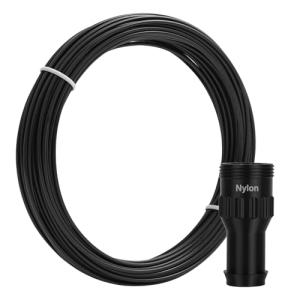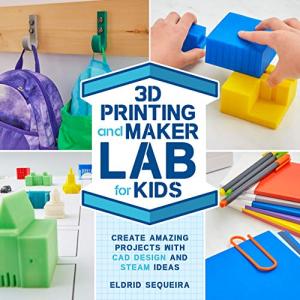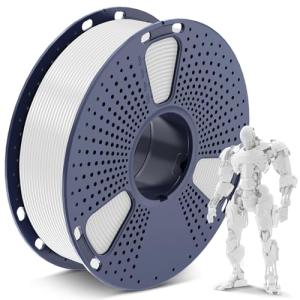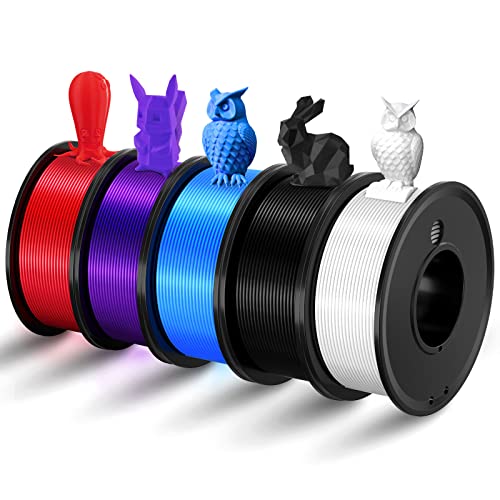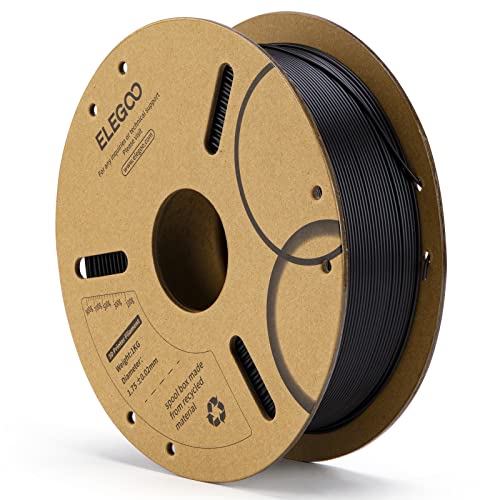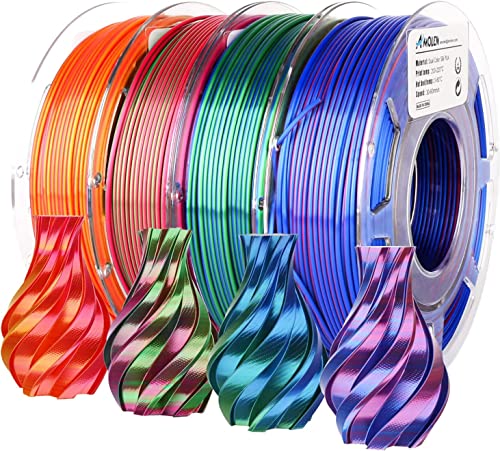Getting into 3D printing can feel a bit overwhelming, but it’s all about starting off on the right foot. First things first, choose a printer that suits your needs. Whether you’re looking for something compact for small projects or a larger setup for more complex builds, pick one that matches your space and budget.
Next up, find the right materials. Most beginners stick to PLA filament because it’s user-friendly and works well with most printers. It’s biodegradable, too, so it’s a great option if you’re eco-conscious. As you get more comfortable, you can explore other filaments like ABS or PETG for different results.
Learn the software basics. You’ll use slicing software to turn 3D models into printable files. Tinker around with settings like layer height and print speed. No need to get it perfect right away—experiment and find what works best for you. There are tons of free models online, so don’t hesitate to dive in and start printing!
Lastly, don’t forget about maintenance. Regularly check your printer for dust and debris. Keeping everything clean helps avoid those frustrating print failures. Keep these 3D printing tips in mind, and you’ll be amazed at what you can create in no time!
Choosing the Right 3D Printer
First, think about what you want to make. If you’re into miniatures or figurines, a resin printer might be best. They deliver stunning details and smooth finishes. On the other hand, if you're looking to make functional parts or prototypes, a filament printer is the way to go. They’re usually more affordable and easier to maintain.
Next, consider the printer’s build size. This is all about how big your projects can be. If you plan to print larger items, look for a printer with a bigger build volume. Just make sure you have enough space for it in your workspace!
Ease of use is another biggie. For beginners, you definitely want a user-friendly interface. Look for features like automatic bed leveling and easy setup. Some printers even come with a touchscreen, making navigation a breeze. You’ll spend less time fussing and more time creating.
Finally, don’t forget about the community support. Solid brands often have a large user base where you can find helpful shortcuts, troubleshooting advice, and even creative project ideas. Learning from others is one of the best 3D Printing Tips you can get as you start this exciting journey!
50g Black Nylon Filament 1.75mm for 3D Printing
Durable and versatile nylon filament perfect for your 3D printing projects
Product information
$9.99
Product Review Score
4.84 out of 5 stars
146 reviewsProduct links
Understanding Print Settings and Materials
When diving into 3D printing, getting a grip on print settings and materials makes a world of difference. You want your prints to look great, right? Understanding how to tweak your settings can help you achieve better accuracy and finish. Let’s break it down!
First up, print speed. It’s tempting to crank it up for faster results, but slowing it down often leads to better quality. A slower speed gives your printer more time to lay down each layer smoothly. Finding that sweet spot is key, so don't be afraid to experiment. Start with 50 mm/s and adjust as you see fit.
Next, consider the temperature settings. Different filaments have specific temperature needs. For instance, PLA likes it around 190-210°C, while ABS prefers 220-240°C. Using the right temp not only helps with adhesion but also with avoiding stringing and warping. Always check the filament’s recommended settings, and keep a thermometer handy if you want to get really precise.
Now, let’s chat about materials. PLA is a fantastic go-to for newbies. It’s user-friendly, eco-friendly, and doesn’t warp easily. If you’re ready for a challenge, give ABS a try for its durability, but keep a fan nearby since it needs proper ventilation. You can also explore PETG for a nice middle ground – tough yet easy to work with.
By keeping these 3D printing tips in mind, you'll have a solid starting point for achieving great prints. Don’t hesitate to mix and match settings as you gain experience. The more you play around with your printer, the better your results will become!
3D Printing Maker Lab: Fun Projects for Kids
Unleash creativity and watch your kids bring their ideas to life with exciting 3D printing projects
Product information
$24.99 $13.18
Product Review Score
4.69 out of 5 stars
106 reviewsProduct links
Troubleshooting Common Printing Issues
Getting your 3D printer to work perfectly can feel like a puzzle sometimes. Don’t worry! A few common issues pop up a lot, and fixing them is usually pretty straightforward. Let's dive into some handy 3D Printing Tips to tackle those pesky problems.
One of the most frequent issues is poor adhesion to the print bed. If you're seeing your creations lift off, try leveling your bed again. Use a piece of paper to check the distance between the nozzle and the bed – it should be just right. If your first layer won’t stick, you might also want to clean the bed or use a glue stick or tape to help catch the first layer.
Another headache for beginners is filament jams. When the filament isn’t feeding, it could be due to a clogged nozzle or a snag in the filament. Start by checking the nozzle for any bits of old filament. If it’s clogged, heat up the nozzle and carefully clean it out. Also, make sure your filament isn’t tangled in the spool, which can disrupt the flow.
Lastly, pay attention to your print settings. If your prints are coming out with weird shapes or gaps, you might need to adjust your speed or temperature. Slowing down the print speed or raising the nozzle temperature can help produce better layers and detail. These little adjustments can work wonders! Follow these simple 3D Printing Tips, and you'll be on your way to smooth printing in no time.
